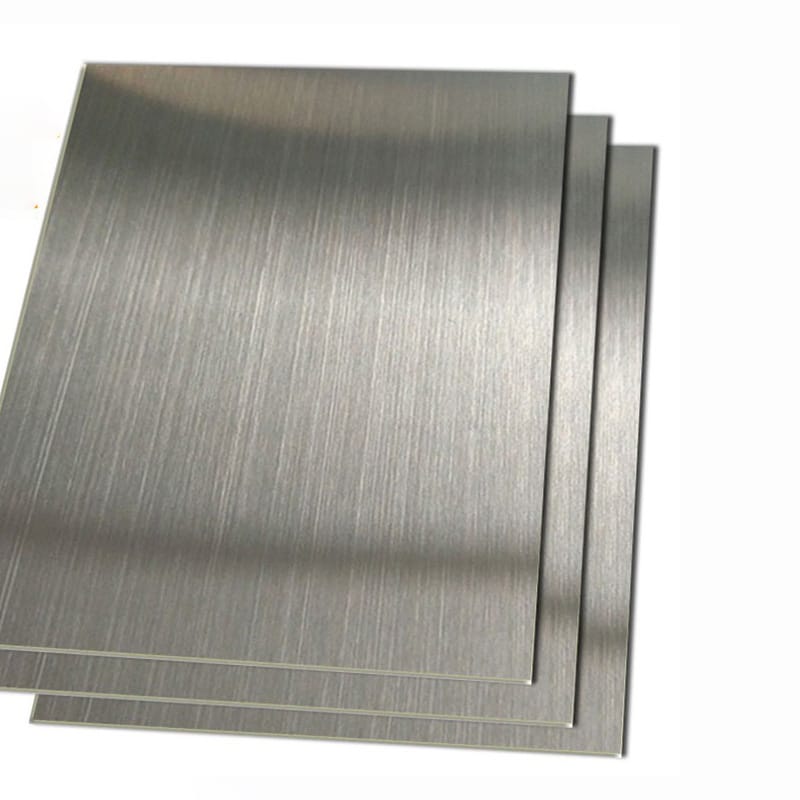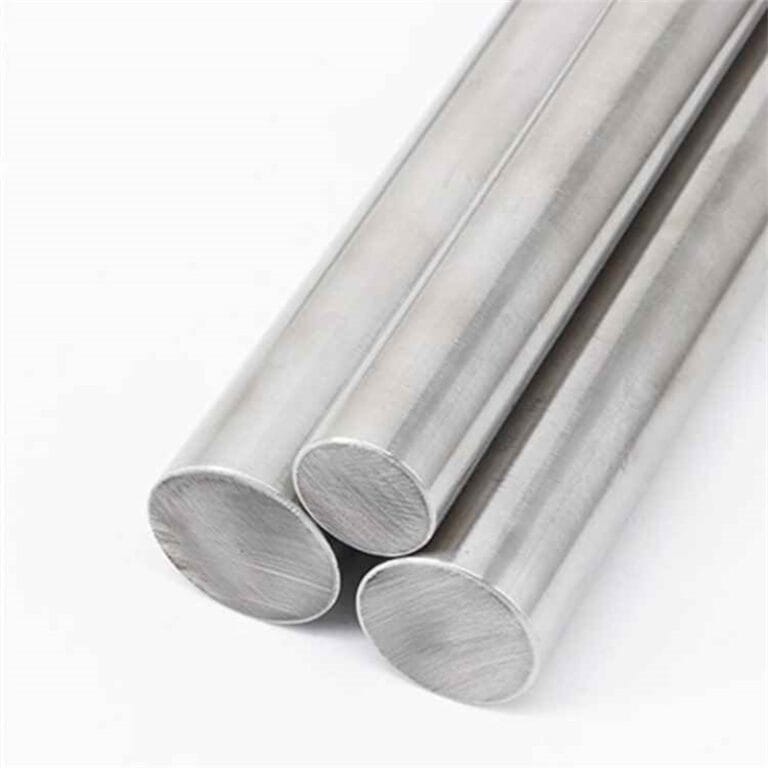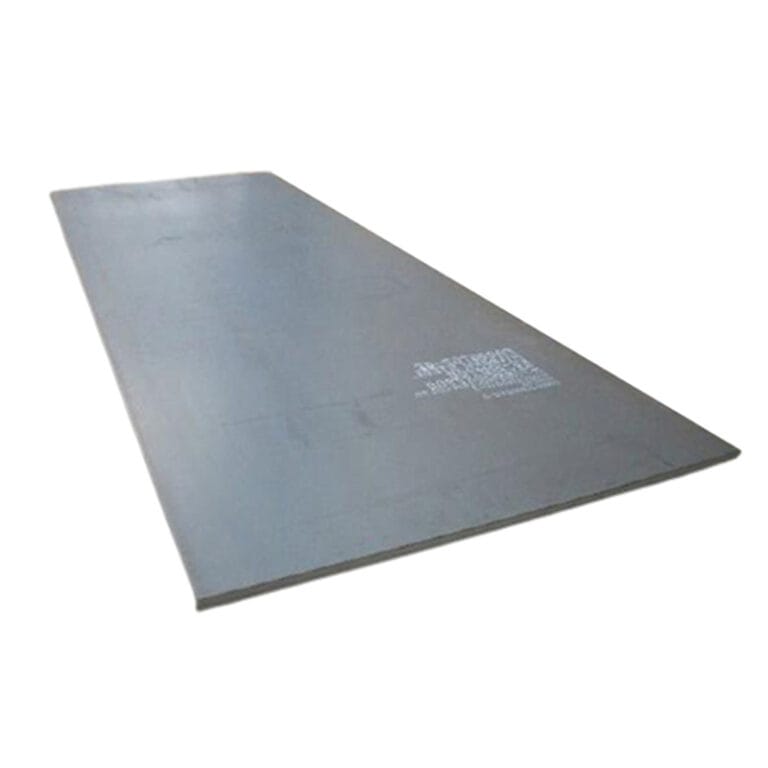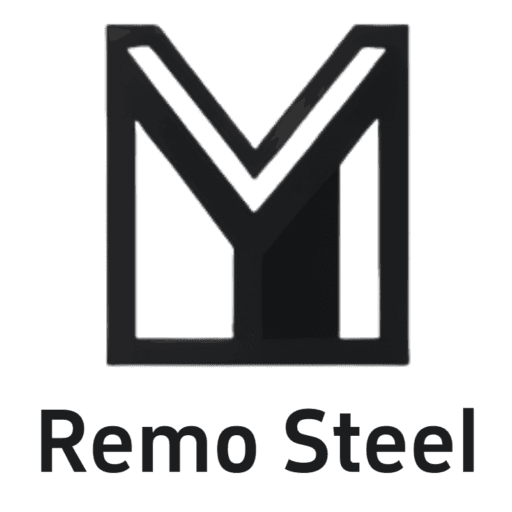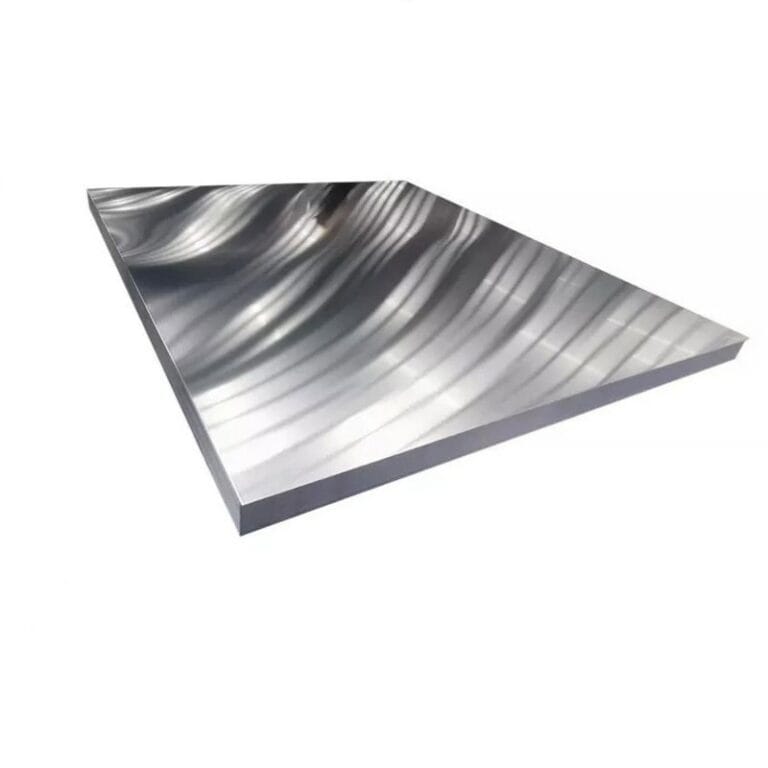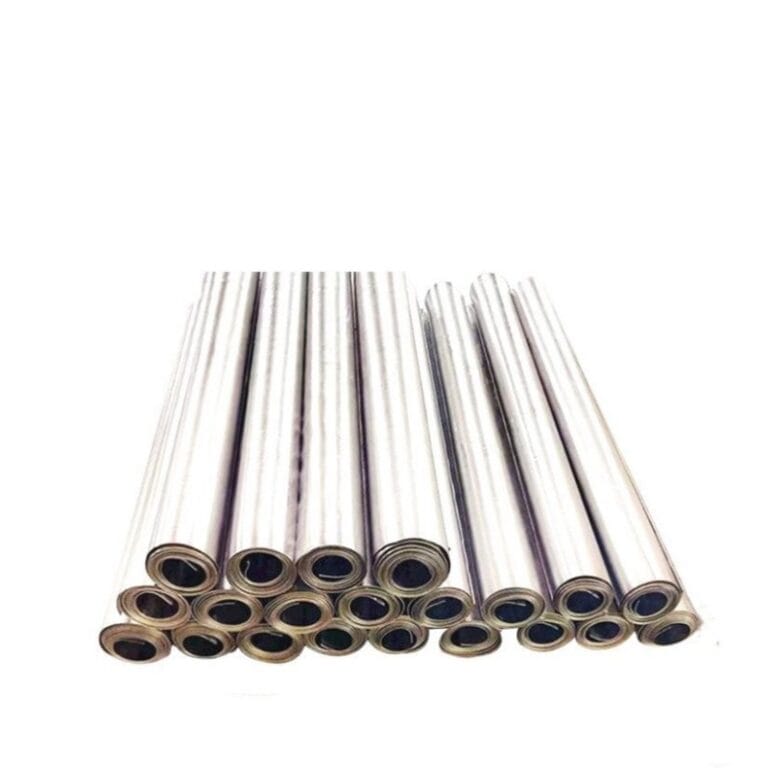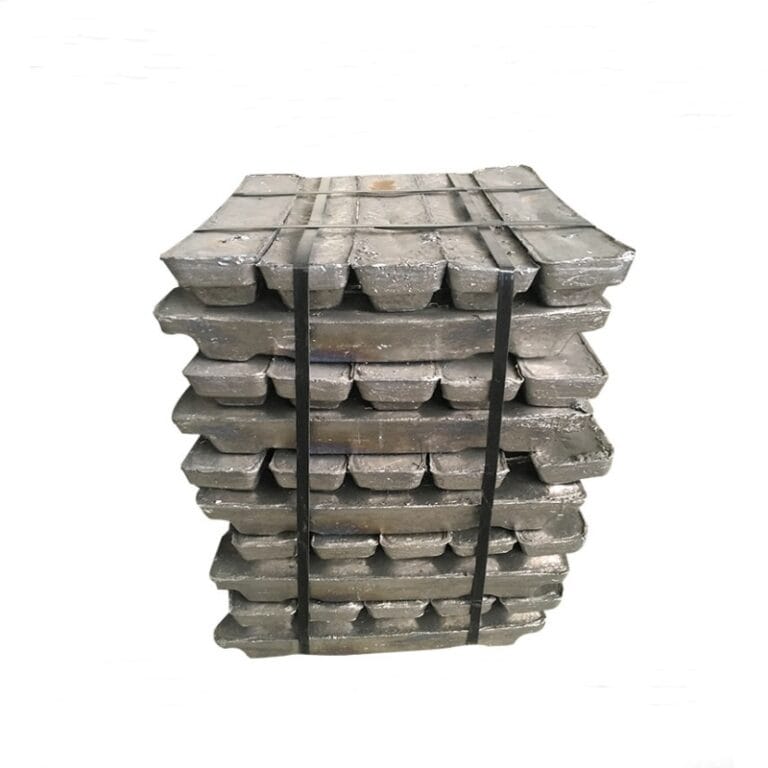Stainless Steel Plate
Stainless steel plate is a flat material made of stainless steel, which is widely used in many fields such as construction, manufacturing, and chemical industry. Here are some key information about stainless steel plate:
Material
Stainless steel plate is mainly composed of iron, chromium, nickel and other elements. Common stainless steel materials include:
304 stainless steel: the most common type, with good corrosion resistance and processing performance.
316 stainless steel: contains molybdenum, has stronger corrosion resistance, especially suitable for marine environment.
430 stainless steel: contains chromium but no nickel, has weaker corrosion resistance, but has low cost and is suitable for general use.
Classification
According to the surface treatment method and purpose, stainless steel plate can be divided into:
2B plate: the surface is cold rolled, annealed, pickled and lightly polished, smooth and reflective.
BA plate: the surface is bright annealed, very smooth and highly reflective.
No.1 plate: the surface is hot rolled and annealed, relatively rough.
No.4 plate: the surface is polished, has a certain glossiness, and is often used for decoration.
Application field
Stainless steel plate is widely used in the following fields:
Architecture: used for exterior walls, roofs, interior decoration, etc.
Manufacturing: used to manufacture equipment, containers, pipes, etc.
Chemical industry: used to manufacture corrosion-resistant containers and equipment.
Food processing: used to manufacture food processing equipment and containers to ensure hygiene.
Medical: used to manufacture medical devices and equipment.
Advantages
Corrosion resistance: stainless steel plates perform well in humid and corrosive environments.
High strength: has high mechanical strength and can withstand high pressure and high temperature.
Hygiene: smooth surface, not easy to breed bacteria, suitable for food and medical industries.
Aesthetics: smooth surface, often used for decoration and construction.
Disadvantages
High cost: compared with ordinary steel plates, stainless steel plates are more expensive.
Difficult to process: high hardness, difficult to process and weld.
Maintenance
Cleaning: clean regularly to avoid accumulation of dirt and corrosive substances.
Inspection: check the surface regularly and repair damage in time.
Purchase suggestions
Choose materials according to the purpose: such as 304 is suitable for general environment, 316 is suitable for high corrosion environment.
Consider surface treatment: choose the appropriate surface treatment method according to decorative or functional needs.
Pay attention to thickness and size: choose the appropriate thickness and size according to actual needs.
Stainless steel plate has become an indispensable material in modern industry due to its excellent performance and wide application.

